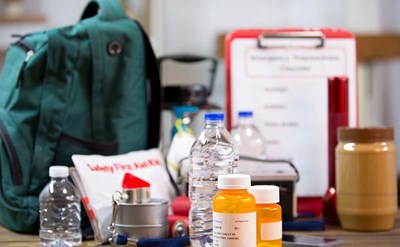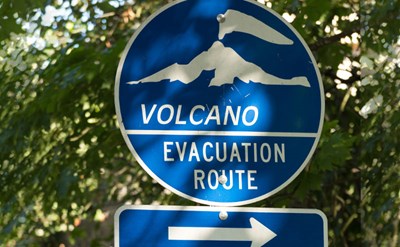It can take fewer than 30 seconds for a flicker or a flame to get completely out of hand and turn into a major fire. A house can fill with life-threatening black smoke and flames in minutes, leaving no time for making a phone call or grabbing valuables. According to the National Safety Council, in 2023, 1,389,000 fires resulted in 3,670 civilian deaths and 13,350 injuries. In addition, there were 89 firefighter deaths. This firefighter fatal injury count is a decrease from the 97 fatal injuries in 2022 but is otherwise the second highest since 2013.1
Smoke and toxic gases can be more threatening than flames. Most fires happen when people are asleep. Instead of being awakened, however, the poisonous gases released by the fire may make them fall into a deeper sleep. Asphyxiation, caused by the inhalation of smoke and odorless, colorless toxic gases, is the chief cause of fire deaths, exceeding burns by three to one.
Fires can generate intense heat of up to 600 degrees in minutes. This heat can scorch your lungs and melt clothing to your skin. Sometimes the heat from a fire causes everything in the room to ignite at once; this is known as “flashover.”
Although flames are bright, they quickly produce black smoke that can make it difficult to find your way out of your house.
In the event of a fire:
- Escape first, then call for help. Time is of the essence.
- Do not use elevators; take the stairs instead, or if blocked, exit through a window.
- Carefully check closed doors (with the back of your hand only) for heat before opening them.
- Do not open a hot door; try escaping through a window instead. If you can’t exit from the window, hang a white or light-colored sheet from the window so that firefighters can find you.
- Open a cool door with caution, and check for fire and smoke before escaping through it. If your escape route does not appear safe, close the door and check alternative escape routes, including windows. If the area is clear, leave immediately and close the door behind you.
- If there is smoke, get down near the floor and crawl till you reach your exit. Continue to close doors behind you to block heat, smoke and flames.
- Do not re-enter the building once you have made it out safely. Instead, call 911.
In cases of burn injuries or smoke-inhalation:
- Call 911 or your local emergency number.
- Cover burns.
- Perform CPR for smoke inhalation.
1. National Safety Council, Fact sheet: Fire-related Fatalities and Injuries
 American College of Emergency Physicians
American College of Emergency Physicians







